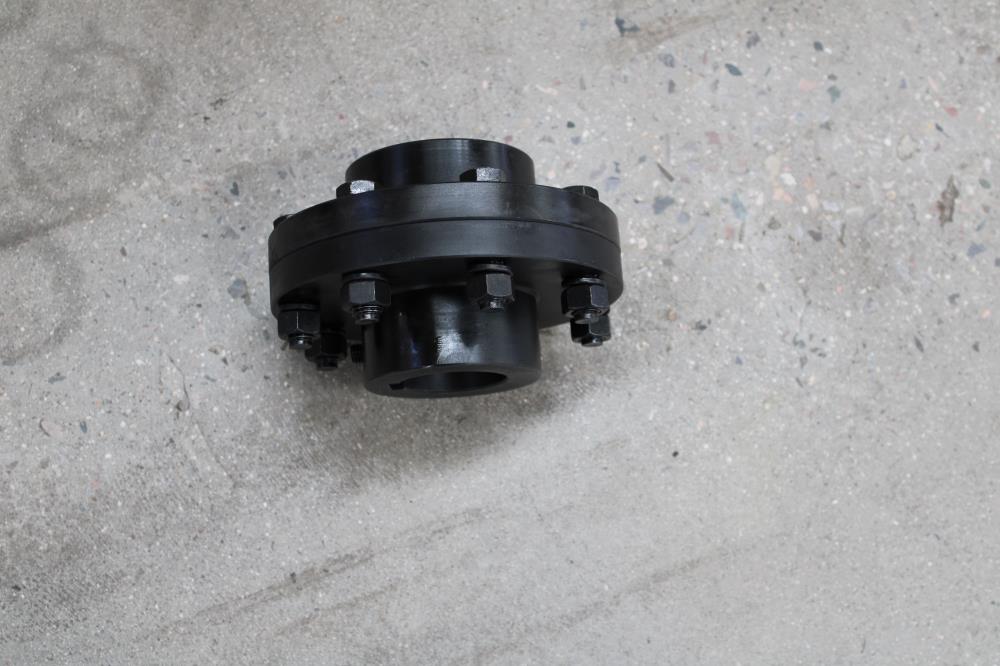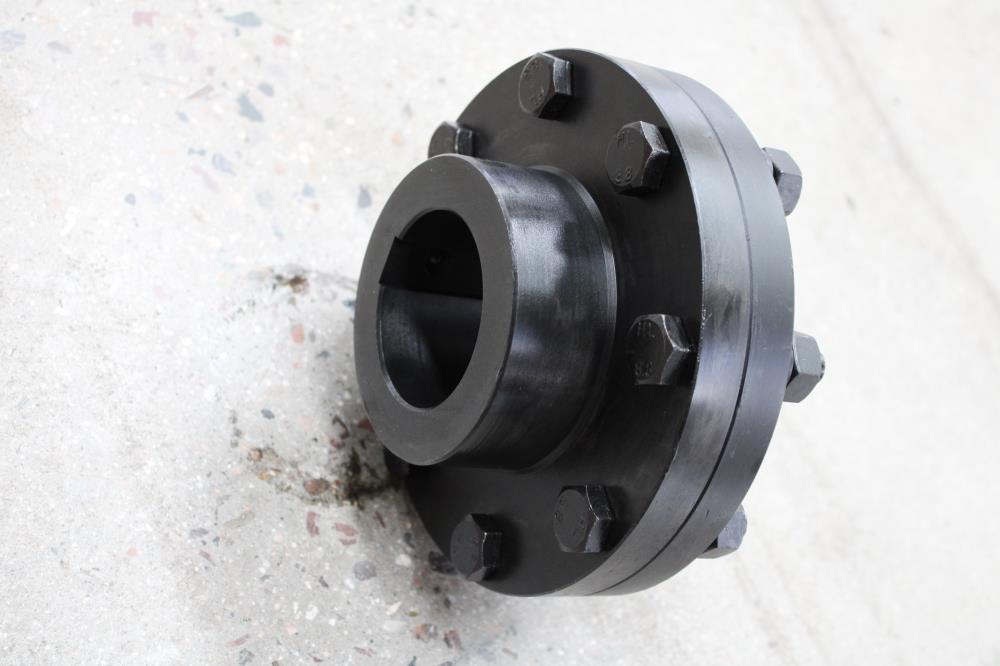Introduce:
The company is a self-selling and self-produced coupling manufacturer, among which rigid coupling is one of the company's main products. As the saying goes, the customer is God, so we will re-produce the coupling products according to the needs of customers. Our company has always adhered to the business philosophy of survival by quality and development by reputation, and has continuously developed, and introduced and absorbed domestic and foreign technology and sophisticated processing and testing equipment, perfect quality, to provide customers with good quality products and favorable benefits. value.

Features of Rigid Couplings:
The rigid coupling is composed of two half-couplings with grooves on the end faces and an intermediate disc with convex teeth on both sides. Because the convex teeth can slide in the grooves, it can compensate for the two-sidedness during installation and operation. The relative displacement between the shafts, this coupling also has two shaft sleeves and a central steel shell, where the central steel shell is a torque transmitting element. This is similar to the elastic pin coupling! Rigid couplings are lightweight, have low inertia and high sensitivity, are practically easy to maintain, and are resistant to oil. In a high-speed environment, it can compensate for the relative displacement caused by high-speed operation. Of course, if the relative displacement can be successfully controlled, it can also exert excellent performance in the servo system.

Summarize:
The heating temperature of the rigid coupling is usually 560 to 600 degrees Celsius, and the hardness requirement is HRC22~34. Because the purpose of quenching and tempering is to obtain comprehensive mechanical properties, the hardness range is relatively wide. But if the drawings have hardness requirements, the tempering temperature and hardness should be adjusted according to the requirements of the drawings. For example, some diaphragm coupling shaft parts require high strength and high hardness requirements; while some gears and shaft parts with keyways need to be milled and inserted after quenching and tempering, so the hardness requirements are lower.
Contact: Spark Wang
Phone: 86-19932127135
E-mail: admin@rongxingcoupling.com
Add: North side of Planning 4th Road, Southern Industrial New Town, Jizhou District, Hengshui City, Hebei Province, China